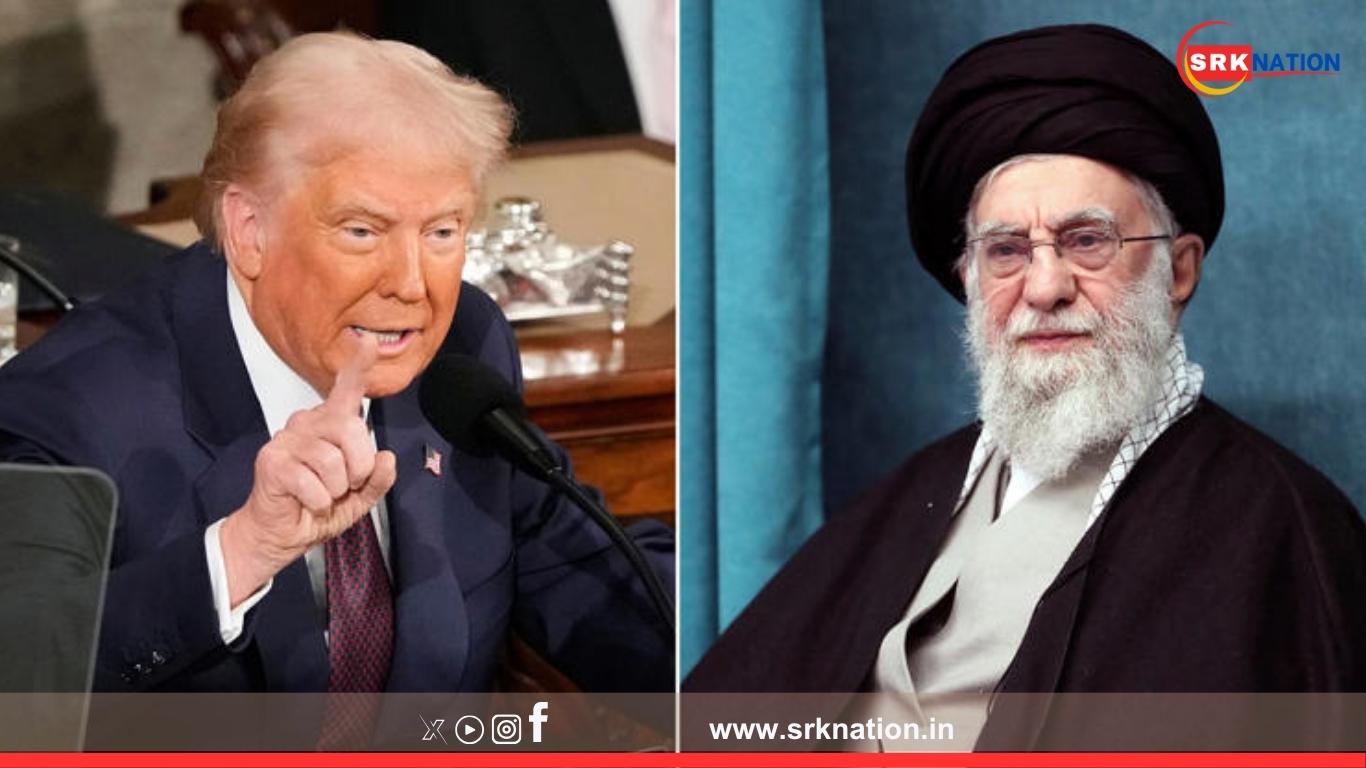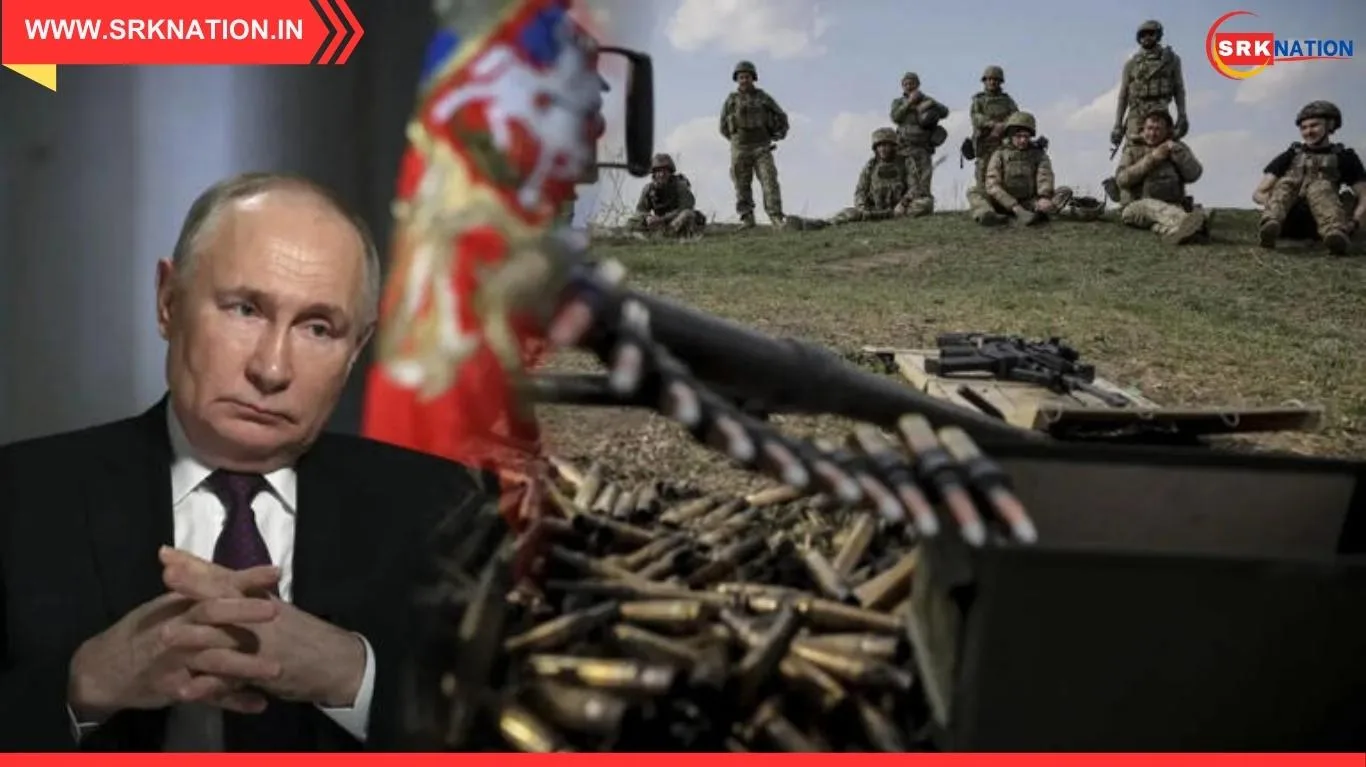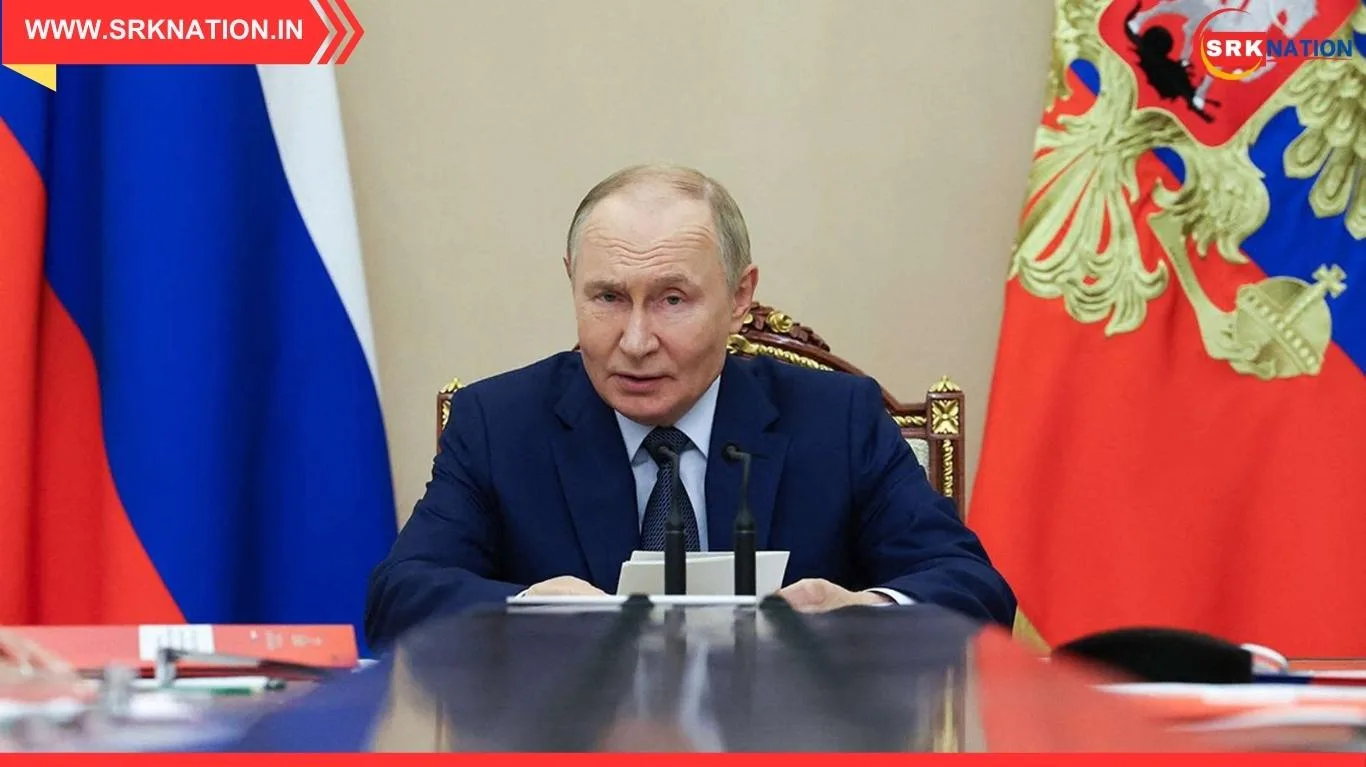In a dramatic yet measured move on Monday night, Iran launched a limited missile strike on the U.S.-operated air base in Qatar, a development that is unexpectedly fueling optimism for a potential de-escalation of regional tensions. The operation, which targeted the renowned Al Udeid Air Base, was executed with precise intent—ensuring that all missiles were either intercepted or landed in uninhabited areas, with no reported casualties.
A Calculated Response:
Iranian officials emphasized that the missile count was deliberately calibrated to mirror the number of bombs previously dropped by the U.S. on Iranian nuclear facilities. This proportional response was presented as a clear signal of restraint, aiming not to escalate the conflict further but to serve as a face-saving measure by both sides. With key evacuation procedures in place at the air base and Qatar’s airspace temporarily shuttered as a precaution, the incident appears to have been a controlled demonstration rather than an outright act of aggression.
Diplomacy Over Destruction:
The missile strike, though initially alarming, has raised hopes among international observers and regional leaders that its limited nature might pave the way for diplomatic dialogue. The strategic restraint demonstrated by Iran suggests an openness to negotiate and a departure from the cycle of retaliatory violence that has long plagued the region. U.S. and Qatari officials noted that early warnings allowed for swift reactions, minimizing risk to civilians and infrastructure—a move that many interpret as an invitation for peaceful resolutions.
Regional and Global Implications:
Several experts have highlighted that events like these, where calculated military actions are employed instead of indiscriminate aggression, might signal a shift from brinkmanship to dialogue. As global leaders call for restraint, voices from international diplomatic circles are hopeful that this measured approach could unlock back-channel negotiations and ultimately reduce the likelihood of a full-scale conflict. The incident has also prompted discussions about the importance of proportional responses and early warning systems in preventing further escalation.
What This Means for Peace:
While the strike itself was a military operation, its controlled execution—and the subsequent calls from regional players for an immediate cessation of hostilities—have stirred cautious optimism across the Middle East. There is a growing consensus that such actions could serve as a stepping stone in breaking the current cycle of violence, offering a rare opportunity for peace talks. In an era where every move is scrutinized, Iran’s restrained response may very well be the catalyst that encourages all parties to explore diplomatic avenues and work toward lasting stability.
Key Takeaways:
- Precision and Restraint: The missile strike was carefully executed with a focus on proportional retaliation, avoiding civilian harm.
- Early Warning: Advance notifications allowed Qatar to evacuate the air base and secure its airspace, minimizing damage and risk.
- Diplomatic Signals: The measured nature of the response is seen as a potential opening for renewed dialogue and peace initiatives across the region.
- Global Optimism: International leaders and experts are hopeful that this incident could herald a shift from military escalation to diplomatic negotiation.
As the Middle East watches closely, this calculated act may represent not just a moment of tension but an opportunity—one where the common goal of peace could finally begin to take precedence over the pursuit of military advantage.
🔁 Share this article to stay informed about the evolving dynamics in the Middle East and the potential path to lasting peace!











